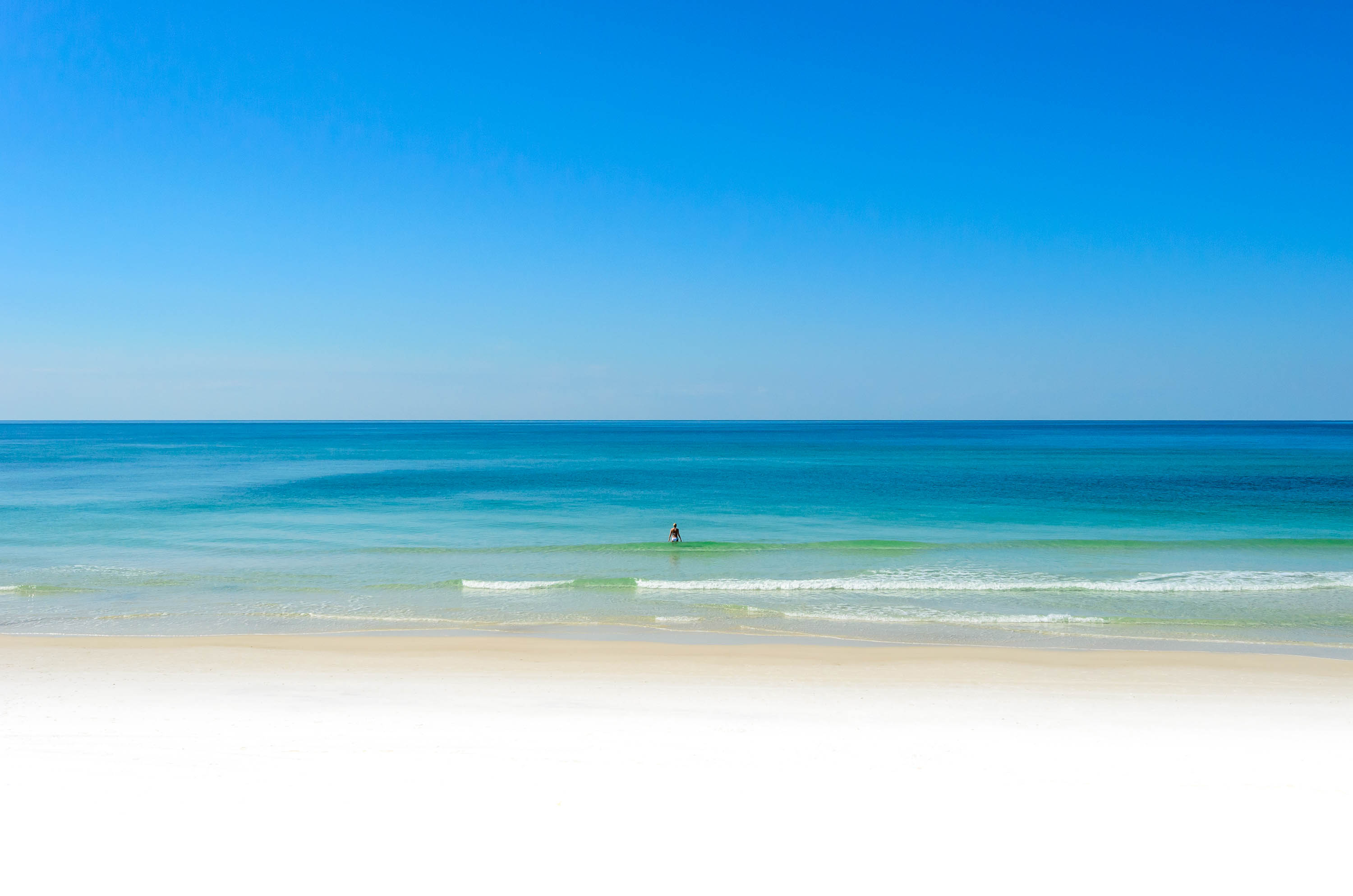El Nino May Fade, Removing Block to an Active Hurricane Season - Bloomberg.com
By Brian K. Sullivan
Feb. 4 (Bloomberg) -- El Nino, a warming in the Pacific Ocean that can influence the severity of the Atlantic hurricane season and weather patterns around the world, will likely fade sometime in the next six months, the U.S. Climate Prediction Center said today.
Models indicate the Pacific may return to normal temperatures between April and June, although forecasters are uncertain exactly when, according to a CPC statement.
If El Nino fades in June, it is one factor that may mean more Atlantic storms this year, said David Streit, a senior meteorologist for Commodity Weather Group Llc in Bethesda, Maryland. The Atlantic hurricane season runs from June 1 through Nov. 30.
?With the loss of El Nino altogether, that will definitely help to give greater numbers than you would see in normal seasons,? Streit said.
The Australian Bureau of Meteorology yesterday released an El Nino outlook that said the phenomenon seems to have peaked in December and is likely to be over by June.
El Nino is a warming that occurs every two to five years, on average, and lasts about 12 months. It is credited with making the 2009 Atlantic hurricane season, which ended Nov. 30, the least active in 12 years, forecasters said. Nine named storms formed in 2009, while the historical average is 11, according to the U.S. National Oceanic and Atmospheric Administration.
Wind Shear
The warming in the Pacific sets up wind shear in the Atlantic that tears potential hurricanes apart before they can form. When an El Nino fades, those winds decline in the areas through which storms usually move and gather strength, said Dan Cottlowski, an expert senior meteorologist at private-forecaster AccuWeather Inc. in State College, Pennsylvania.
Atlantic hurricanes can be a threat to Gulf of Mexico, which is home about 27 percent of U.S. oil and 15 percent of U.S. natural gas production, according to the U.S. Department of Energy.
In December, Colorado State University forecasters Philip Klotzbach and William Gray predicted a more active hurricane season with 16 named storms, based on their belief El Nino would fade. They estimated that as many as eight of those would become hurricanes, with five developing into major storms with winds of 111 mph (179 kph) or more on the five-step Saffir-Simpson scale.
Similarities to 1969
Streit said his group sees parallels between the current conditions and 1969. There were 18 storms in the Atlantic that year, 12 of which were hurricanes, according to the Weather Underground Web site.
?1969 is a pretty good analog year,? Streit said by telephone. ?It was quite a bit above normal.?
The Climate Prediction Center said the effects of El Nino will persist, showing themselves in cooler and stormier weather in the southern U.S. and above-average temperatures across the northern tier of the country, excluding the six New England states, according to the report.
?You are seeing more storms across the South and above normal rainfall in the southern U.S.,? Cottlowski said by telephone. The rains are one of the benefits of the weather pattern, because it can ease drought conditions, he said.
It is also responsible for recent flooding in Peru and Ecuador as well as drought conditions in Venezuela, while bringing reliable rains to the crop areas of Brazil and Argentina, Streit said.
To contact the reporter on this story: Brian K. Sullivan in Boston at bsullivan10@bloomberg.net.
Last Updated: February 4, 2010 11:09 EST
By Brian K. Sullivan
Feb. 4 (Bloomberg) -- El Nino, a warming in the Pacific Ocean that can influence the severity of the Atlantic hurricane season and weather patterns around the world, will likely fade sometime in the next six months, the U.S. Climate Prediction Center said today.
Models indicate the Pacific may return to normal temperatures between April and June, although forecasters are uncertain exactly when, according to a CPC statement.
If El Nino fades in June, it is one factor that may mean more Atlantic storms this year, said David Streit, a senior meteorologist for Commodity Weather Group Llc in Bethesda, Maryland. The Atlantic hurricane season runs from June 1 through Nov. 30.
?With the loss of El Nino altogether, that will definitely help to give greater numbers than you would see in normal seasons,? Streit said.
The Australian Bureau of Meteorology yesterday released an El Nino outlook that said the phenomenon seems to have peaked in December and is likely to be over by June.
El Nino is a warming that occurs every two to five years, on average, and lasts about 12 months. It is credited with making the 2009 Atlantic hurricane season, which ended Nov. 30, the least active in 12 years, forecasters said. Nine named storms formed in 2009, while the historical average is 11, according to the U.S. National Oceanic and Atmospheric Administration.
Wind Shear
The warming in the Pacific sets up wind shear in the Atlantic that tears potential hurricanes apart before they can form. When an El Nino fades, those winds decline in the areas through which storms usually move and gather strength, said Dan Cottlowski, an expert senior meteorologist at private-forecaster AccuWeather Inc. in State College, Pennsylvania.
Atlantic hurricanes can be a threat to Gulf of Mexico, which is home about 27 percent of U.S. oil and 15 percent of U.S. natural gas production, according to the U.S. Department of Energy.
In December, Colorado State University forecasters Philip Klotzbach and William Gray predicted a more active hurricane season with 16 named storms, based on their belief El Nino would fade. They estimated that as many as eight of those would become hurricanes, with five developing into major storms with winds of 111 mph (179 kph) or more on the five-step Saffir-Simpson scale.
Similarities to 1969
Streit said his group sees parallels between the current conditions and 1969. There were 18 storms in the Atlantic that year, 12 of which were hurricanes, according to the Weather Underground Web site.
?1969 is a pretty good analog year,? Streit said by telephone. ?It was quite a bit above normal.?
The Climate Prediction Center said the effects of El Nino will persist, showing themselves in cooler and stormier weather in the southern U.S. and above-average temperatures across the northern tier of the country, excluding the six New England states, according to the report.
?You are seeing more storms across the South and above normal rainfall in the southern U.S.,? Cottlowski said by telephone. The rains are one of the benefits of the weather pattern, because it can ease drought conditions, he said.
It is also responsible for recent flooding in Peru and Ecuador as well as drought conditions in Venezuela, while bringing reliable rains to the crop areas of Brazil and Argentina, Streit said.
To contact the reporter on this story: Brian K. Sullivan in Boston at bsullivan10@bloomberg.net.
Last Updated: February 4, 2010 11:09 EST













